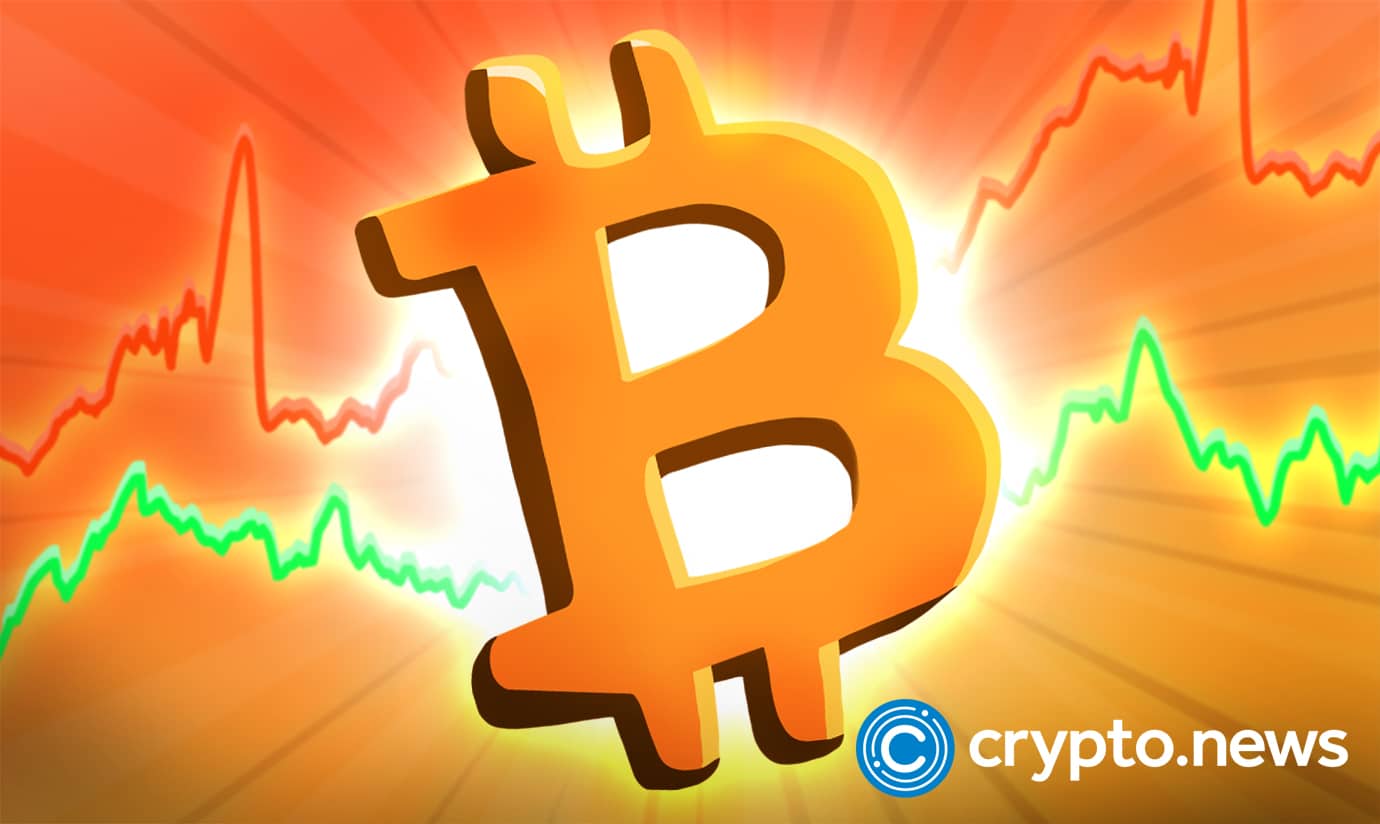CryptoQuant data reveals that a single entity bought $4 billion of bitcoin (BTC) earlier today, triggering a wave of short liquidations across major exchanges.
BTC short liquidations
Statistics show that over $141 million of BTC shorts were forcefully closed in the past 24 hours, mainly in OKX, Binance, BitMEX, and ByBit. These are some of the most popular cryptocurrency exchanges allowing leverage trading BTC.
Out of the $141 million, $125 million shorts were from perpetual futures, while $15 million were from users engaged in futures. Still, most trackers failed to take note of the $100 million short position liquidated on BitMEX.
In both instances, short traders engaged the BTC markets using leverage. Leverage is when a trader borrows funds from the exchange against their collateral. Some cryptocurrency exchange allows traders to borrow up to 20X their deposits. Using leverage, traders can drastically magnify their gains if their prognoses are correct and prices move in the predicted direction. However, leverage is also a two-edged sword. While they can gain if their forecasts are accurate, losses are amplified if the prices move against them.
Given the unexpected surge of bitcoin prices to as high as $19.8k earlier today during the Asian session, the exchange closed positions of short traders as a protection measure. A trader’s balance can be negative if the ramp fails since BTC prices can infinitely increase to billions. In 2020, a Robinhood trader committed suicide when his account balance dropped into negative territory.
Bitcoin pumping as inflation drops
Whether or not bitcoin bulls will sustain the leg up depend on what pans out in the coming few days. After sharp losses in 2022 that saw BTC slip by over 65 percent from 2021 peaks of around $69k, BTC appears to be recovering from last year’s pits.
The trigger could be due to fundamental events, especially with inflation subsiding and employment firming up in the United States. Analysts expect the Federal Reserve of the United States to conclude its interest rate hiking cycle in February before reverting to rate slashing in months ahead.
Credit: Source link































